Branch Coral 250
$93.72
Our coral replicas are molded from the original coral skeleton to preserve the realistic shape and texture of the coral. Sponges have unspecialized cells that can transform into other types and that often migrate between the main cell layers and the mesohyl in the process. Sponges do not have nervous, digestive or circulatory systems. Instead, most rely on maintaining a constant water flow through their bodies to obtain food and oxygen and to remove wastes. Sponges were first to branch off the evolutionary tree from the common ancestor of all animals, making them the sister group of all other animals.
The branch coral (Acropora florida) is a species of acroporid coral found in the southwest and northern Indian Ocean, the central Indo-Pacific, Australia, Southeast Asia, Japan and the East China Sea, Cook Islands and the oceanic west Pacific Ocean. It can be found in shallow reefs on the reef tops, walls and slopes to depths of 30 m. Colonies of Acropora florida or branch coral 250 consist of thick upright, and sometimes horizontal, branches growing from a sprawling or encrusting base. There are side branches and small branchlets which resemble knobs. The corallites are evenly spread. The colour of this coral varies, and may be pinkish-brown or some shade of green. Acropora florida or branch coral 250 is a zooxanthellate species of coral.[2] It obtains most of its nutritional needs from the symbiotic dinoflagellates that live inside its soft tissues. These photosynthetic organisms provide the coral with organic carbon and nitrogen, sometimes providing up to 90% of their host’s energy needs for metabolism and growth. Its remaining needs are met by the planktonic organisms caught by the tentacles of the polyps.[3] This coral is a common species and no species-specific threats have been identified. The main threats faced by corals in general are related to climate change and the mechanical destruction of their coral reef habitats; increasing damage from extreme weather events, rising sea water temperatures and ocean acidification. A coral “group” is a colony of myriad genetically identical polyps. Each polyp is a sac-like animal typically only a few millimeters in diameter and a few centimeters in height. A set of tentacles surround a central mouth opening. Each polyp excretes an exoskeleton near the base. Over many generations, the colony thus creates a skeleton characteristic of the species which can measure up to several meters in size. Individual colonies grow by asexual reproduction of polyps. Corals also breed sexually by spawning: polyps of the same species release gametes simultaneously overnight, often around a full moon. Fertilized eggs form planulae, a mobile early form of the coral polyp which when mature settles to form a new colony.
| Weight | 2.95 lbs |
|---|---|
| Dimensions | 13 × 9 × 14 in |
| Color | Olive |
Only logged in customers who have purchased this product may leave a review.

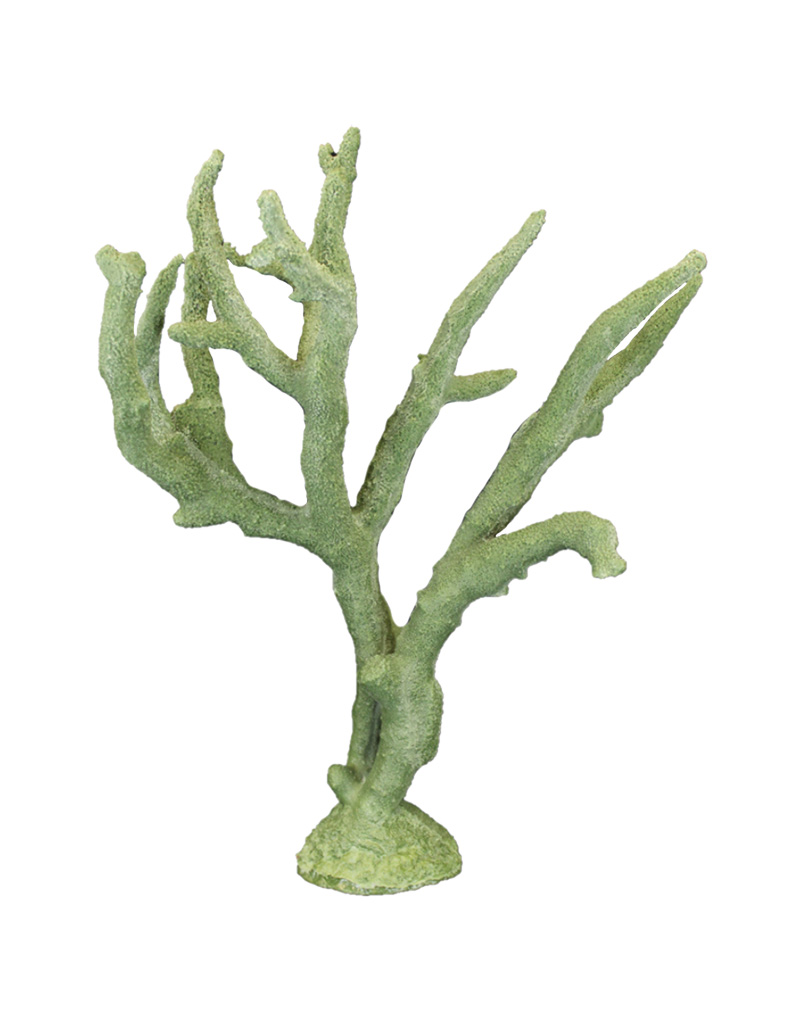

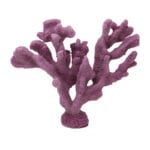

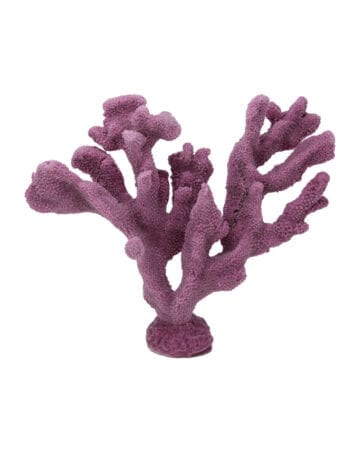
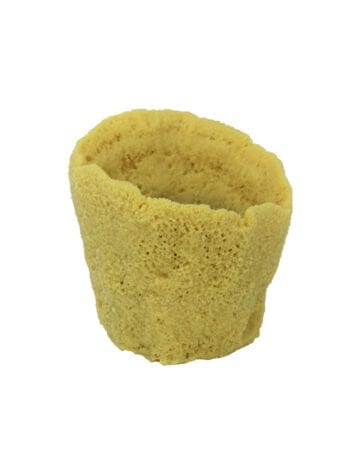
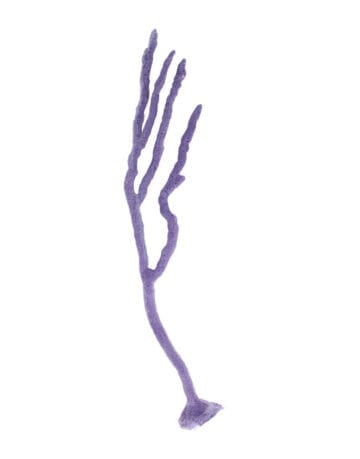
There are no reviews yet.